Editors’ Picks




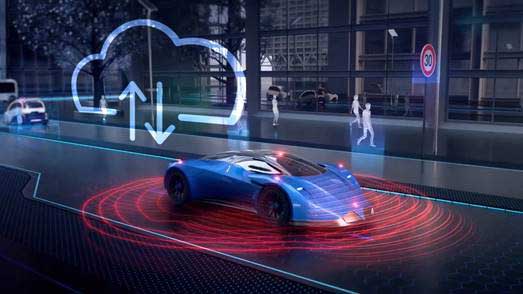
Found in Robotics News & Content, with a score of 8.99
…on capturing large volumes of data from the vehicle perception sensors, buses and networks, and on generating simulated scenarios to analyze the behavior of the software, individual systems and subsystems, as well as complete, integrated systems. The incoming data has to be enriched to a usable format, and it must be easy to distribute to teams working on AI-based development and data replay, as well as simulation and validation tasks. This requires a powerful, flexible, and centralized data storage system, as well as a scalable and computational infrastructure with AI- and ML-based tools that can run seamlessly in the same…
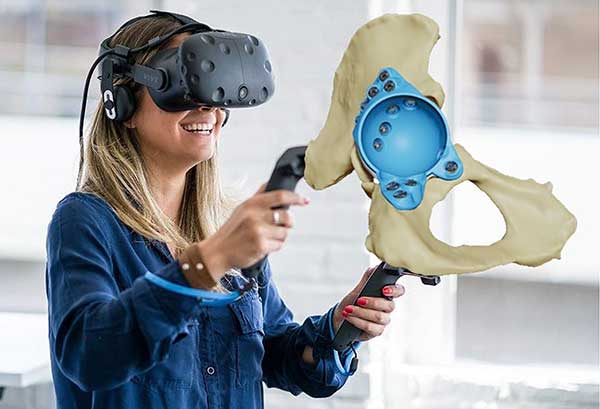
Found in Robotics News & Content, with a score of 10.68
…environment within the Mimics Viewer, clinicians can access a digital tool to create models with improved depth and proportion perception for personalized treatments. Medical organizations that have already invested in the digital workflows for segmenting medical images for 3D printing can use this technology to extend their digital models to VR headsets. The Mimics Viewer will require no extra software installation and the user will be able to access cases directly in a secure browser environment.
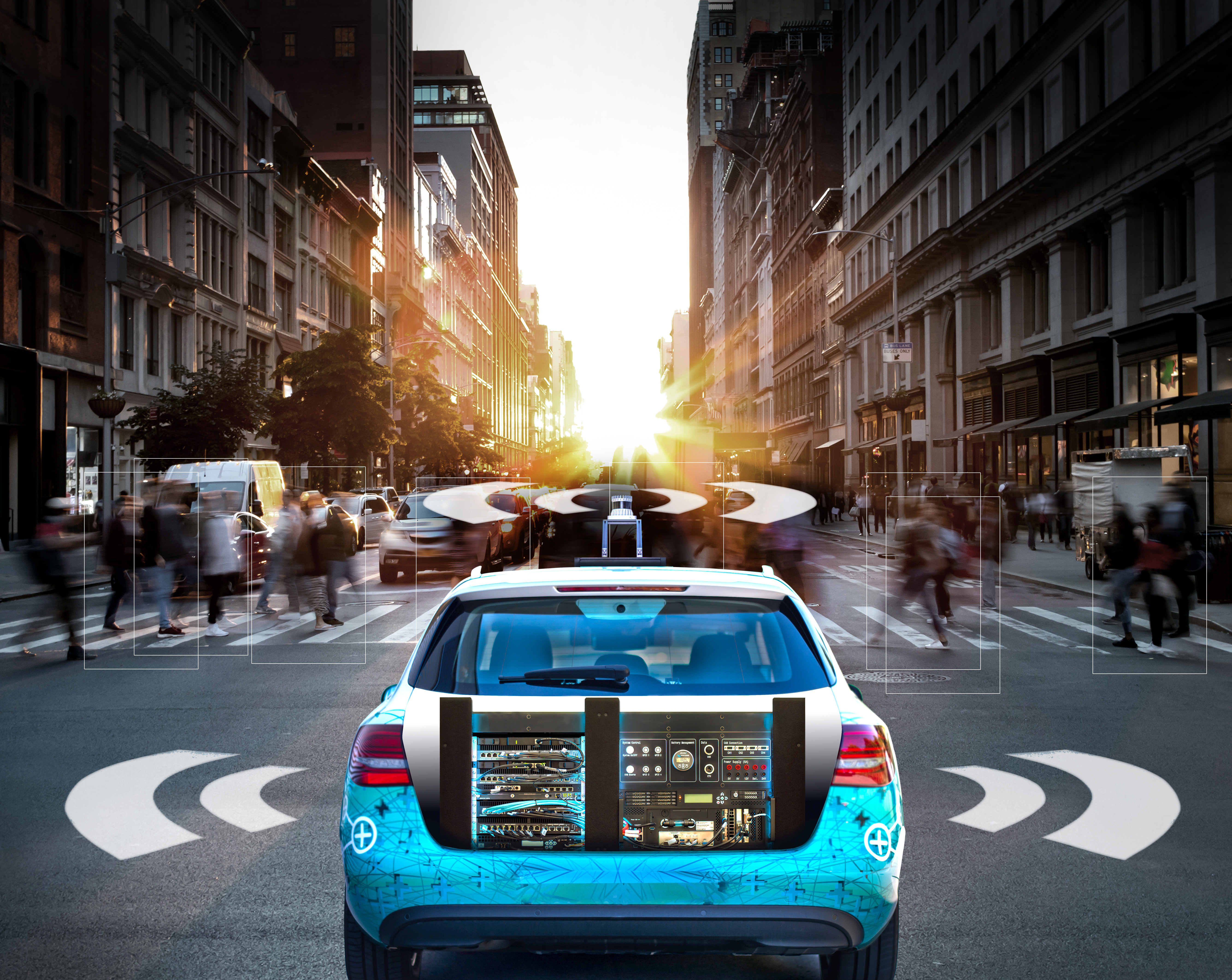
Found in Robotics News & Content, with a score of 7.94
…simulation to enrich recorded data sets,” Worm explains. Automotive perception sensors like cameras, radar, and Lidar generate massive amounts of raw data, and Simcenter SCAPTOR makes it possible to record these massive data streams, store them, and upload them to a cloud or local cluster storage solution. The platform also enables replay of recorded sensor data in a time synchronized way to enable Hardware in the Loop and Software in the Loop testing. “This makes it possible to run tests in a laboratory environment,” Worms says. “It delivers a solution that is repeatable, efficient, and less costly than testing on…

Found in Robotics News & Content, with a score of 19.08
…According to Seegrid, the acquisition will help accelerate next-generation perception and more human-like, situational awareness technology to Seegrid’s vision-guided vehicles (VGVs), making manufacturing, distribution, and e-commerce fulfillment facilities even more productive as the demand for automation increases during the COVID-19 pandemic. Financial terms are not being disclosed. The Philadelphia-based Box Robotics, led by the former Love Park Robotics principals Tom Panzarella and John Spletzer, focuses on 3D perception autonomy with human-like situational awareness for industrial robots. “Seegrid and Box Robotics are perfectly aligned in our mission to bring full 3D situational awareness and predictability to our next-generation robots,” said Jim…
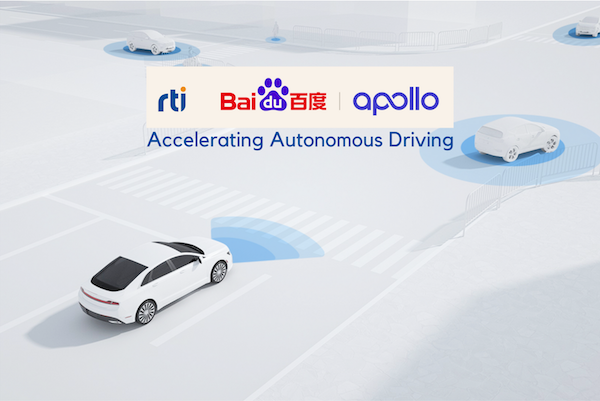
Found in Robotics News & Content, with a score of 7.78
…The Baidu AVP solution consists of software including sensing, perception, planning and control. Baidu also developed a domain controller called Apollo Computing Unit (ACU), integrated with RTI Connext Drive software, targeted at mass production projects “to provide the full stack capability for car OEMs,” according to a press release. RTI Connext Drive, based upon the open Data Distribution Service (DDS) standard, is a software framework that enables improved communications reliability. “The autonomous vehicle market has experienced rapid growth in the last several years. We developed RTI Connext Drive to give our customers and partners the tools to solve complex autonomy…
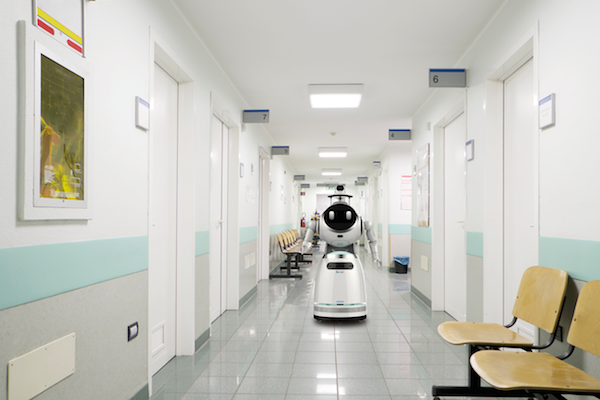
Found in Robotics News & Content, with a score of 3.88
…one as it is a very human challenge of perception, emotions and the cornerstone of all effective health care, the physician-patient relationship,” comments Koulopoulos. Dean Slawson is the VP of advanced technologies at PointClickCare in Mississauga, Ontario, Canada. “As with any technology, the application of robots needs to be selected or designed to be suitable for the task at hand,” says Slawson. “There are many functions in health care that humans perform that offer interesting potential for the use of robotics. For example, one can imagine cases where robots would reduce the contact exposure to infection for health care workers,…

Found in Robotics News & Content, with a score of 12.85
…bring reliability and consistency to the combination of navigation, perception, and manipulation, we are excited to be launching an autonomous mobile robot (AMR) into the marketplace later this year. Our collaborative AMR will address the market’s need for greater payloads in material handling. Q: What else can we expect from IAM in 2020? A: We’re working with A.S. Watson Group to deploy a fleet of Swift™ robots at its Benelux e-commerce fulfillment center in the Netherlands. We’re also opening a state-of-the-art headquarters and Showcase Innovation Center in Pittsburgh, where we’ll showcase our solutions and research. Q: Will robots ever take…
Found in Robotics News & Content, with a score of 12.94
…and develop the next generation of safe vehicles.” Sensor Perception Accurate information from cameras, RADAR/LiDAR or satellite navigation is relied upon by ADAS systems to make safety-critical decisions. Now the blind spots caused by vehicle-road dynamics can be identified to determine which sensors to rely upon, when. For example, ensuring that a car driving over a speed bump is able to perceive a pedestrian, even if the camera vibrations prevent tracking. Vehicle Original Equipment Manufacturers (OEMs) can evaluate how sensors function when subjected to vibrations or changes in orientation, so they can cost effectively develop sensor fusion between road tests.…
Found in Robotics News & Content, with a score of 18.89
…road scenarios that cannot be reliably detected by conventional perception platforms. To validate the sensors' effectiveness, exhaustive road testing must be successfully completed—requiring significant development time and expenses. With ANSYS, AEye empowers automotive manufacturers to potentially simulate driving situations across millions of miles in just days, minimizing physical prototyping. AEye is implementing ANSYS SPEOS and ANSYS VRXPERIENCE, a driving simulation tool with physics-based sensor models, into the design of AEye's iDAR—empowering customers to test and certify iDAR designs within a realistic virtual driving environment. AEye's automotive-grade iDAR combines deterministic and AI-driven perception to deliver detection and classification at high speed…
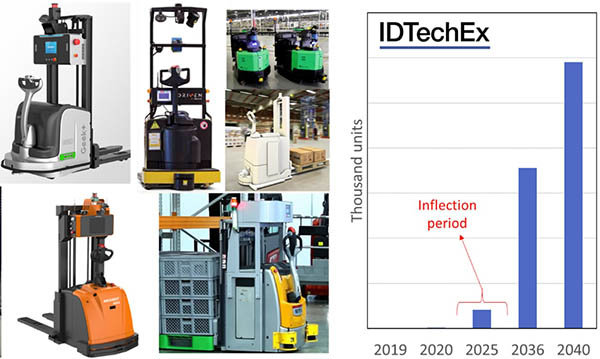
Found in Robotics News & Content, with a score of 6.63
…to go LIDAR-free, using stereo camera as the main perception-for-navigation sensor. This will require the development of camera-based algorithms for localization, object detection, classification, semantic segmentation, and path planning. These sidewalk robots are still far from being totally autonomous. First, they are often deployed in environments such as US university campuses where there is little sidewalk traffic and where the sidewalks are well-structured. Many robots are also restricted to daylight and perception-free conditions. Critically, the suppliers also have remote tele-operator centers. The ratio of operators to robots will need to be kept to an absolute minimum if such businesses are…
Found in Robotics News & Content, with a score of 10.14
…Sankar “Jay” Jayaram, CTO, Intel Sports ● Closing the Perception-Actuation Loop Using Machine Learning: New Perspectives and Strategies (Nov. 13, 9:15 a.m.-10:15 a.m.) Vincent Vanhoucke, principal scientist and director of robotics, Google ● Present State and Future Directions for Intelligent Vision-Based Collaborative Robots (Nov. 13, 4 p.m. - 5 p.m.) Henrik Christensen, Qualcomm Chancellor’s Chair in Robot Systems, professor of computer science at UC San Diego and director of the Institute for Contextual Robotic, UC San Diego; and co-founder, Robust.AI. Last year, CRAV.ai drew more than 500 attendees, including engineers and decision makers from companies like Google, Apple, Intel, Lockheed…
Found in Robotics News & Content, with a score of 20.74
…(AVs). ANSYS commissioned the survey to gauge global consumer perception of AVs and better understand expectations for the future of travel. In June, ANSYS unveiled a snapshot from this study of public attitudes toward autonomous aircraft. The release of the Global Autonomous Vehicles Report provides a detailed analysis of public perceptions, ANSYS says. The report confirms consumers have high expectations for autonomous capabilities and that consumers are comfortable with the idea of riding in autonomous cars and aircraft in their lifetime. Highlights from the report include: Consumer faith: 71% of global respondents believe autonomous cars are better at driving than…



